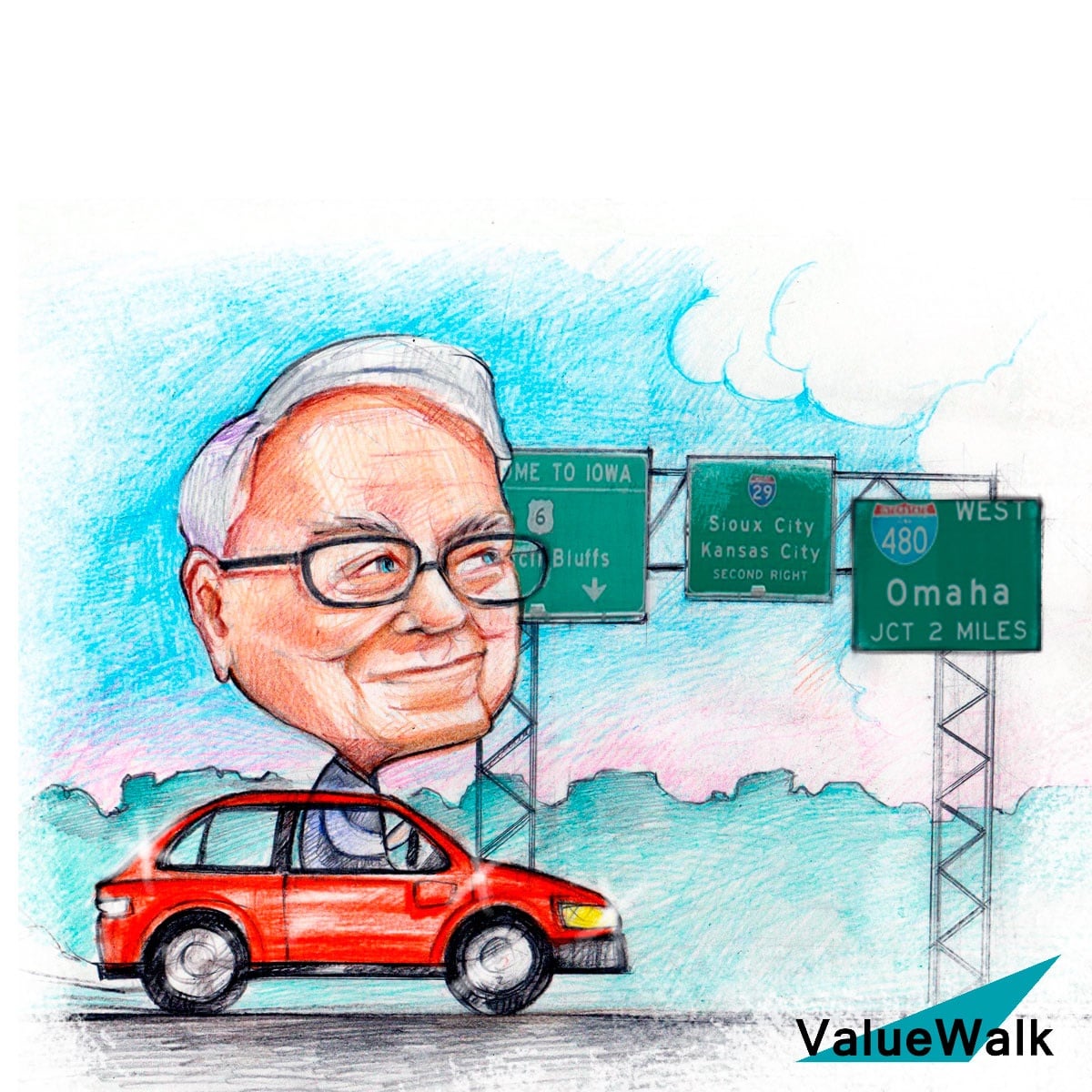In a lectures to university students Warren Buffett answers a questions about economic growth, markets, & investor psychology.
Warren Buffett On Investors Looking In The Rearview Mirror
Q3 hedge fund letters, conference, scoops etc
Transcript
The whole century is quite interesting if you take the 20th century it was an unbelievable century for the United States. The GDP per capita and that's the way to think of this per capita sometimes they talk about our GDP versus Europe's. But if their population is the same every year and ours goes up one percent you've got to you know in the end that you've got to you've got to have a deviser as well as the numerator and so GDP per capita in the 20th century in the United States went up six hundred ten percent. Actually qualitatively it went up far more than that because you can't really measure certain things in medicine or whatever it may be. And the improvements but just on a quantitative basis it went up every single decade including the decade of the 30s. So here you had a 100 years when. Basically. The US citizenry was getting was improving their lot. Decade by decade by decade the thirties it was up 13 percent. That's decade was World War Two in the 40s. So 36 percent the worst decade was the first world war. So you get sometimes the analogy you can get in trouble on analogies but in any event it was it was a huge period. Interestingly enough there were six big periods in there for the stock market. In both directions. There were three big bull market from nineteen hundred to 1921. The Dow went from 66 to 71. Less than a 10 percent move in 20 years. Less than half a percent a year you got dividends two but a half.
So it didn't move from 21 to 29 as you point out it when it went from 71 to a high of 381 in September of 1929. Wow. Five hundred percent. Well obviously. The well-being of the country did go up 500 percent during that period and the well-being of the company can dream up a whole lot more than 10 percent during the first 21 years so he got this very uneven development from 19 from September 1929 until the end of 1948. The Dow went from 381. To about 180. It was cut in half and that was 18 long years. And yet the per capita GDP was moving right up during this whole period when the economy was doing fine for 48 to 65. The Dow went again for about 180 up to close to a thousand against five for one which was far outstripping it from 65 to 81. The Dow went down literally while again. Per capita GDP and then we've had this last period where it's gone up terrifically. If you take the whole 200 years it went up 180 for one every thousand dollars became 180000. But forty three and a quarter you are 43 and three quarters years were those three big huge bull markets and fifty six and a quarter years of periods of stagnation all in an economy that was doing fine. You know after year after year 56 and a quarter years net the Dow was down a couple of hundred points during that period. And the other forty three and three quarters years made up the rest of this move from 66 to. 11000 some on the Dow. So.
You say to yourself how could it be that you could have a country that was doing better and better and better and better. So this is we're living every every generation was living better than the one that preceded it which had these huge changes big gains a few times long periods of stagnation 20 years. I mean that's a long time to do nothing. The answer is that investors behave in very human ways which is they get very excited during bull markets and they look in the rearview mirror and they say I made money last year. I going to make more money this year so this time I'll borrow an arm or the neighbors. And. I wasn't in last year when that neighbor was dumber than I am a lot of money. So I'm going to go in this year. They're always looking in the mirror and when they look in the rearview mirror and they see a lot of money having that made in the last few years they plow in and they just put.






